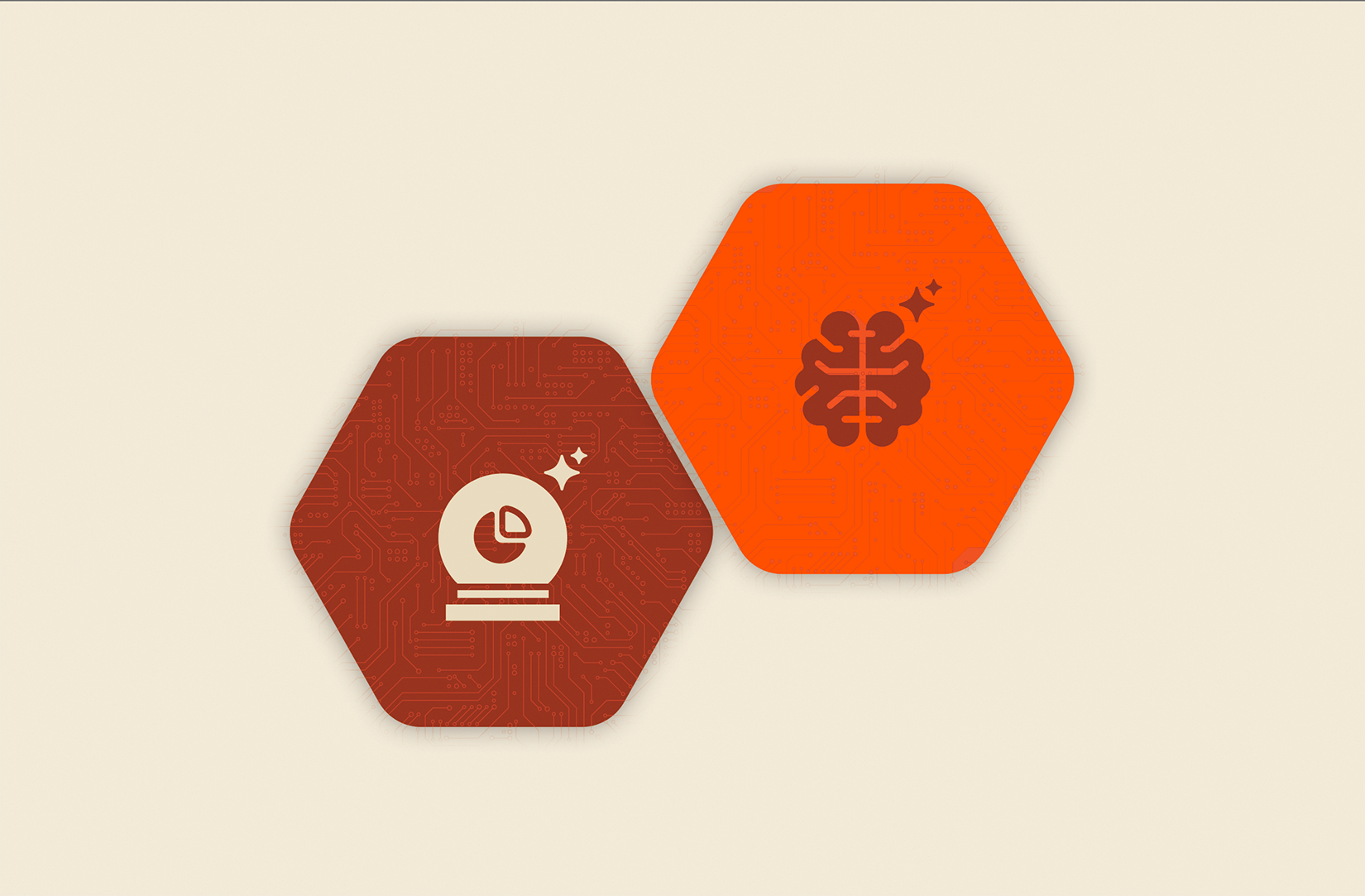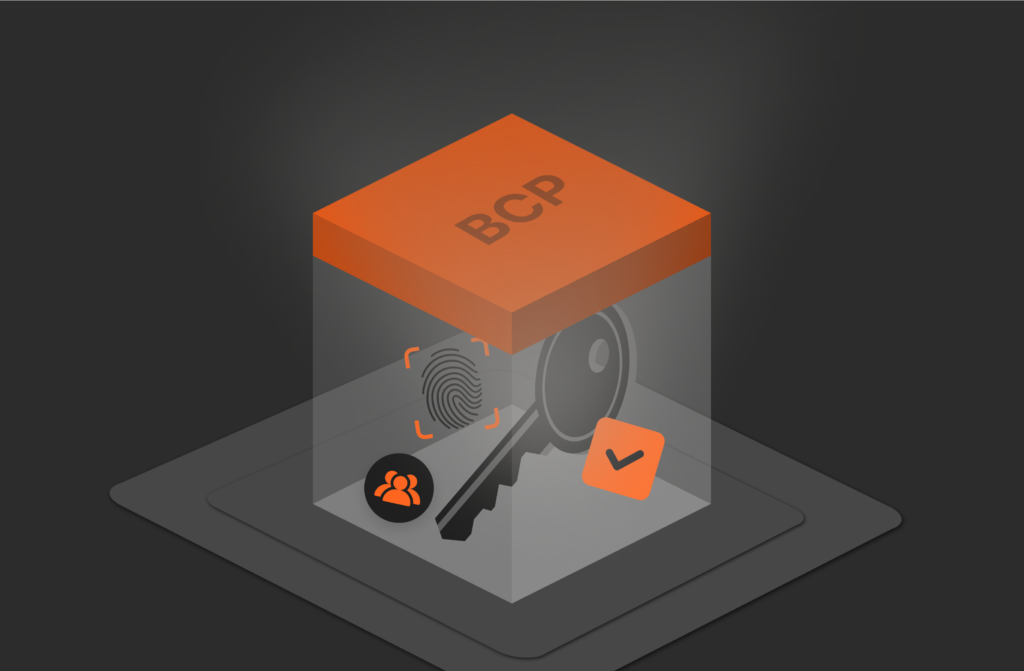Artificial intelligence (AI) is evolving rapidly, as are the distinctions between various AI-derived approaches. Many common use cases for AI are in fact hybrids of various approaches. For example, self-driving vehicles use many different sources of static and dynamic AI solutions to make split-second decisions, combining limited memory AI, the use of algorithms with pre-defined data sets, and reactive AI, which uses continuous sampling of dynamic data inputs.
It’s useful to understand different AI approaches, including their use cases. Below, we compare predictive AI, which makes inferences by identifying patterns and contrasts, with generative AI, which creates new content—in effect, new data—by patterning itself after existing data the system has indexed.

ANALYST REPORT,
Top Storage Recommendations
to Support Generative AI
What Is Predictive AI?
Predictive AI makes educated guesses about future events or outcomes, based on knowledge of patterns and markers found in existing data.
Examples of Predictive AI
- Web search engines perform predictive AI every time they return a result, which is a prediction of what the questioner seeks based on the end results of past queries. Since the search engine adjusts its results with every new query, it’s in effect performing another type of AI: machine learning (ML). Over time, the search engine “learns” what the most popular results are.
- Fraud protection by financial institutions increasingly relies on AI to identify patterns and anomalies in huge and complex historical data sets, which can be indications of fraudulent activity. The financial industry is using AI in a similar way to quantify risk and probability in lending and other financial decisions.
- Recommendation engines from e-commerce sites and streaming services cross-use their first-party data with simple if/then algorithms to arrive at likely successful recommendations.
What Is Generative AI?
Generative AI incorporates predictive AI but takes it a step further by creating new data (such as images and text) in response to prompts and suggestions. While images or text are currently the most well-known examples of the content that can be created with generative AI, it can also be used to write code, produce designs for stronger and more efficient structures, and in the future, perhaps generate designs for proteins and pharmaceutical compounds.
Examples of Generative AI
- Image generation. Instead of simply returning hyperlinks for web pages that contain relevant text, a query such as “show me a kiwi fruit,” generative AI tools, such as DALL-E from OpenAI and Stable Diffusion, could create original artwork that features kiwi fruits, or with the right prompts, more refined depictions such as kiwi painted in the style of Vincent van Gogh. The use of AI tools to create art can be iterative—meaning designers can use the images as a starting point to save time.
- Text creation. If text is needed, generative AI tools such as ChatGPT can boost employee productivity and speed up data and business intelligence workflows. Internal versions of ChatGPT allow employees to ask questions and get answers from an enterprise’s own data.
- Music composition. Generative AI can use electronic instruments to create not just simple melodies or rhythms but fully realized music based on prompts.
- Software code development. Generative AI can automate repetitive tasks, detect security gaps, and document code functionality. It can also help developers jump-start the first draft of new code by entering prompts in an integrated development environment (IDE) for creating software.
Using Predictive and Generative AI with Pure Storage
A successful AI strategy is dependent on a successful data strategy. The data strategy starts right at the data source and involves various steps across the end-to-end AI pipeline. These steps include data curation to prepare training data sets, making data accessible to the training and inference infrastructure, and integrating new AI tools and applications. All of this has to be done cost-effectively and in a highly automated manner while providing the right levels of security, governance, availability, and portability.
At scale, the data footprint grows, data sources increase, and data becomes distributed. This data sprawl requires integration of multiple systems. Often in such environments, resources could be underutilized, workflows could be manual, and security exposures could increase. In addition, management of the entire storage system becomes a challenge, and costs escalate.
As customers put together their AI infrastructure, they’re struggling with inefficiencies, complexity, data growth, and the pain of integrating ever-growing AI tools and applications. Pure Storage can help with every step along the way.
Learn more about enterprise AI considerations as well as the future of AI, learnings, and tips for successful AI initiatives from data scientist and AI expert, Dr. Kirk Borne.
Written By:
Enterprise AI
Dr. Kirk Borne tells all with his top nine considerations for enterprise AI.









